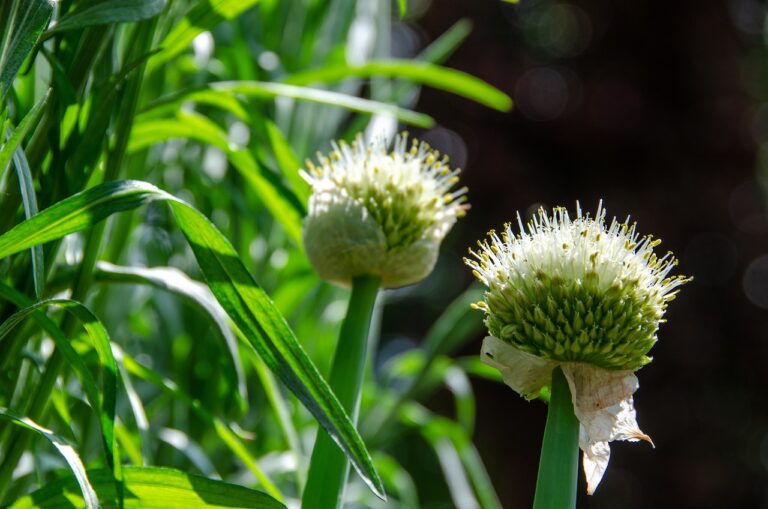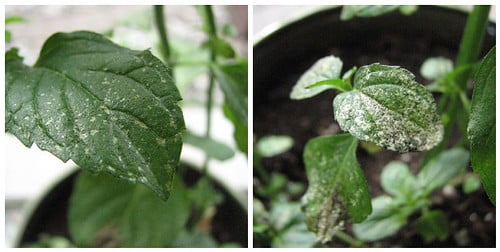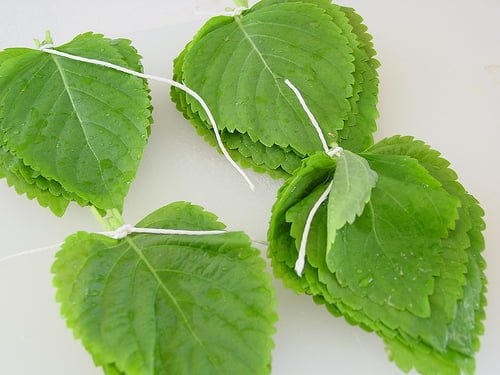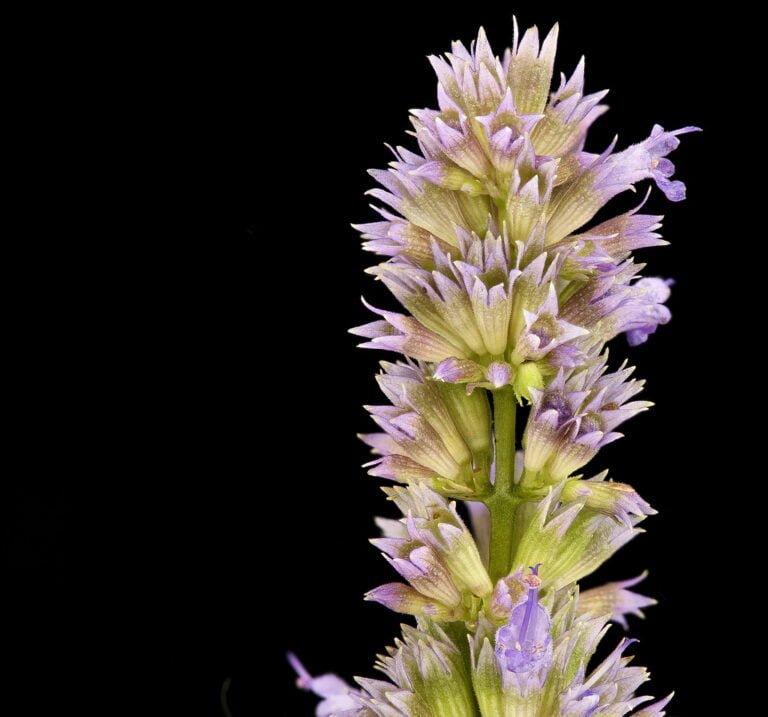Cicely
Ah, Cicely – the herb of legends, with its delicate leaves and aromatic allure, hails from the enchanting lands of central and southern Europe. Scientifically dubbed Myrrhis odorata, it graces our gardens with its fragrant blossoms and subtle, anise-like taste, making it a prized addition to both culinary and medicinal creations. Explore the world of Cicely, and uncover its rich history in European herbalism, its modern applications in herbal medicine, and the essential cultivation tips for nurturing this gem. Welcome the versatility of Cicely for a journey through centuries of tradition and innovation in the herbal domain.
Origins and Botanical Characteristics
Originating from the lush pastures of central and southern Europe, the perennial herb Cicely, scientifically known as Myrrhis odorata, stands tall with its aromatic and stimulant properties, offering a glimpse into the rich history of European herbalism. Sweet Cicely, as it is affectionately called, displays a leafy hollow stem that can reach up to 60 to 90 cm in height, adorned with whitish much-divided leaves that add to its charm. Clusters of small white flowers grace the terminal ends of the plant, adding a delicate beauty to its overall appearance.
One distinctive feature of Cicely is its production of dark brown, narrow, beaked fruit, which adds a touch of contrast to the plant’s mainly white and green color palette. This herb, native to central and southern Europe, finds its natural habitat in the pastures of regions like England and Scotland. Its historical significance in herbalism is deeply rooted in European traditions, where it has been revered for its unique combination of flavors and medicinal properties. The dark brown fruit, in particular, adds a visual interest to the plant, standing out against the backdrop of its lush green foliage.
Culinary and Medicinal Uses
Exploring the versatile nature of Sweet Cicely reveals a world where culinary artistry and ancient healing converge in a seamless fusion of flavors and medicinal benefits. The fragile, anise-like flavor of Sweet Cicely makes it a valued ingredient in culinary uses, introducing a distinct taste profile to dishes. Its historical importance in European herbalism is not only limited to flavor; the plant is renowned for its fragrant properties, enhancing the sensory experience of any dish it enhances.
In traditional medicine, Sweet Cicely is sought after for its healing advantages. Herbal teas and brews crafted from this adaptable plant offer not only a pleasant flavor but also a variety of healing benefits. The plant’s cultivation for both culinary and healing purposes underscores its dual nature, flourishing in herb gardens and domestic landscapes alike.
As I explore further into the world of Sweet Cicely, I am intrigued by its ability to bridge the gap between the art of cooking and the science of healing. Its presence in both kitchens and apothecaries speaks to its versatility and significance. Whether utilized to enhance the flavors of a dish or to utilize its medicinal properties, Sweet Cicely stands as a reflection of the harmonious relationship between nature and human creativity.
Historical Significance in European Herbalism
Delving into the annals of European herbalism reveals Cicely’s profound historical significance as a revered botanical ally in traditional remedies and culinary creations alike. Cicely’s roots in European herbalism run deep, with its traditional medicinal uses dating back centuries. Valued for its aromatic and therapeutic properties, this herb was a cornerstone in herbal remedies and preparations across the continent.
In the culinary domain, Cicely played a vital role as both a potherb and a flavoring agent in various European dishes. Its delicate, aniseed-like flavor made it a popular choice for enhancing the taste of foods and beverages, adding a unique twist to recipes. Whether in a healing potion or a savory stew, Cicely’s presence in European herbalism was undeniable.
The archived records of Cicely’s uses provide a glimpse into the past, shedding light on the ways in which this herb was cherished and utilized by generations before us. Its presence in both traditional medicine and culinary practices speaks to its enduring legacy in European culture. As we investigate the historical significance of Cicely in European herbalism, we uncover a rich tapestry of knowledge and tradition that continues to inspire us today.
Contemporary Applications in Herbal Medicine
I am thrilled to share the modern wonders of Sweet Cicely in herbal medicine. Its aromatic essence and therapeutic properties make it a prized addition to herb gardens and home remedies. From enhancing culinary creations to crafting soothing herbal teas, Sweet Cicely is a versatile herb with a delicate, aniseed-like flavor that enchants both chefs and herbalists alike.
Modern Herbal Remedies
Cicely’s resurgence in modern herbal remedies owes much to its rich history in European herbalism and its continued value in contemporary herbal medicine for both its aromatic allure and therapeutic benefits. This herb’s unique flavor profile adds depth to herbal remedies, making it a popular choice in alternative medicine practices. Cultivated in herb gardens and home landscapes, Cicely is cherished for its medicinal properties and is increasingly recognized for its contributions to modern herbal remedies. Its role in European herbalism has paved the way for its utilization in current herbal medicine practices. The aromatic and therapeutic benefits of Cicely make it a valuable addition to herbal remedies, providing both a delightful fragrance and potent healing properties.
Herbal Medicine Trends
With a growing interest in holistic wellness, contemporary herbal medicine trends are embracing the diverse uses of herbal remedies for improved health and vitality. Cicely, cultivated for modern herbal medicine due to its historical significance in European herbalism, is gaining popularity in alternative medicine practices. Appreciated for its aromatic and therapeutic properties, this herb is commonly used in herbal teas and infusions. Herbalists value cicely for its unique flavor profile reminiscent of delicate aniseed, making it a valuable ingredient in both culinary and medicinal applications. As more people seek holistic health solutions, cicely’s presence in herb gardens and home landscapes is on the rise, supporting overall well-being and contributing to the dynamic evolution of herbal medicine trends.
Cultivation Techniques and Growing Tips
Growing Sweet Cicely is a rewarding experience that requires attention to soil quality and adequate watering practices. It thrives in shady spots with moist conditions, making it an excellent addition to your garden. By ensuring it has fertile soil and the right amount of sunlight, you can cultivate this herb successfully for culinary or medicinal purposes.
Soil and Watering
To cultivate flourishing Sweet Cicely plants, ensuring the soil is well-drained and rich in organic matter is essential for peak growth and aromatic foliage production. Mulching around the plant not only helps retain moisture but also suppresses weed growth, providing a conducive environment for it to thrive. Watering plays a critical role in maintaining its lush appearance and flavor, especially during dry spells. Sweet Cicely prefers moist but not waterlogged conditions, so it’s important to avoid overwatering to prevent root rot. Proper soil moisture levels are crucial for developing the delicate anise-like flavor in the leaves. By carefully managing the soil and watering regimen, one can help their Sweet Cicely plants flourish and improve their culinary delights.
Sunlight and Temperature
Nurturing Sweet Cicely to its fullest potential demands a keen understanding of its sunlight requirements and temperature preferences. This versatile herb thrives in partial shade to full sun, adapting well to different light conditions. It flourishes in cooler temperatures, tolerating light frosts, making it ideal for temperate climates. To guarantee ideal growth, plant Sweet Cicely in well-drained, moist soil with a pH range of 6.0 to 7.5. This hardy perennial can brave temperatures as low as -20 degrees Fahrenheit (-29 degrees Celsius), but proper mulching is essential to protect its roots during harsh winters and maintain soil moisture levels. Understanding these sunlight and temperature needs will help you cultivate vibrant and healthy Sweet Cicely plants.
Health Benefits and Nutritional Profile
How does the nutritional profile of Sweet Cicely contribute to its reputation as a powerhouse of health benefits and wellness support? Sweet Cicely, a herb rich in antioxidants, vitamins, and minerals like vitamin C, calcium, and iron, is a goldmine of health benefits. Traditionally, it has been valued for its ability to aid digestion, soothe coughs, and promote respiratory health. The anti-inflammatory properties of Sweet Cicely make it a valuable ally in reducing inflammation within the body, offering a natural way to support overall well-being.
Moreover, the essential oils found in Sweet Cicely seeds pack a punch with their antimicrobial and antifungal properties, adding another layer of health support. This low-calorie herb not only enriches the flavor of various dishes but also provides valuable nutrients to your diet. Incorporating Sweet Cicely into your meals or herbal remedies can offer a nutrient boost while delighting your taste buds.
In essence, the nutritional richness of Sweet Cicely, combined with its medicinal properties, solidifies its status as a versatile herb that can play a pivotal role in supporting your health and wellness journey.





